UV LED: Quantitative evaluation of the effectiveness of EBL
Header
- Files for the tutorial located in nextnano++\examples
1D_DUV_LED_HirayamaJAP2005_EBL_nnp.in
We investigate how the electron blocking layer (EBL) improves the characteristics of UV LEDs using nextnano++. Current-Poisson equation and semi-classical calculation of optical properties (classical{ }) in nextnano++ enables us to quantitatively analyze the effect of this strucutre.
We refer to the structure used to obtain Fig. 28 in the [HirayamaJAP2005]:
Structure
The simulation region consists of the following structure:
n-Al0.18Ga0.82N layer
3-layer MQW based on InAlGaN
AlxGa1-xN EBL (Al content = 0.18, 0.24, 0.28)
p-Al0.18Ga0.82N layer
Each layer has the following thickness and doping concentration:
Material |
Thickness |
Doping |
n-Al0.18Ga0.82N |
100 nm |
8 |
In0.02Al0.09Ga0.89N - In0.02Al0.22Ga0.76N 3-layer MQW |
well: 2.5 nm, barrier: 15 nm |
0 [cm-3] |
AlxGa1-xN EBL with x=0.28, 0.24, 0.18 |
10 nm |
0 [cm-3] for x=0.28, 0.24, 2 |
p-Al0.18Ga0.82N |
100 nm |
2 |
Al content x=0.18 in the EBL is used for the structure without EBL, while x=0.24 and 0.28 are for the structure with EBL in different barrier height.
Donor and acceptor ionization energies are defined as 0.030 eV and 0.158 eV where Si and Mg are in mind, respectively.
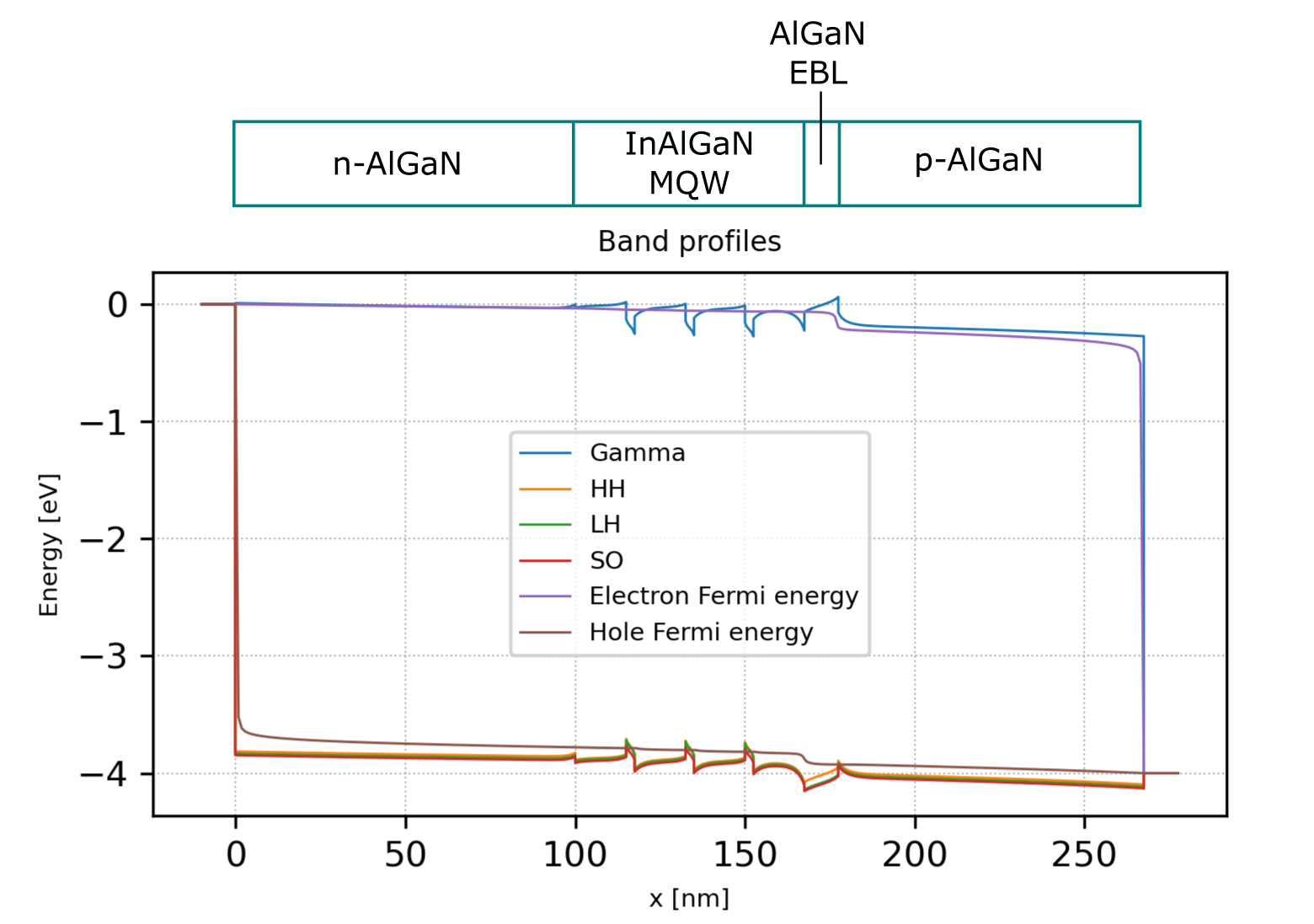
Figure 2.4.105 The band edges and Fermi levels for the structure with higher EBL (x=0.28, bias=4.00V, total current density=1.67
Scheme
We can specify which simulation or equations would be solved on run{ } section in your input file.
In 1D_DUV_LED_HirayamaJAP2005_EBL_nnp.in it is described as
run{
strain{ }
current_poisson{ }
}
Then nextnano++ solves the current equation and Poisson equation self-consistently after solving strain equation.
After the Current-Poisson equation is converged, optoelectronic characteristics are calculated according to the specification in the section classical{ }.
For further details, please see Optoelectronic characterization.
Results
Current-voltage characteristics
Here we show the current-voltage characteristics for the total current density
We can observe that the smaller
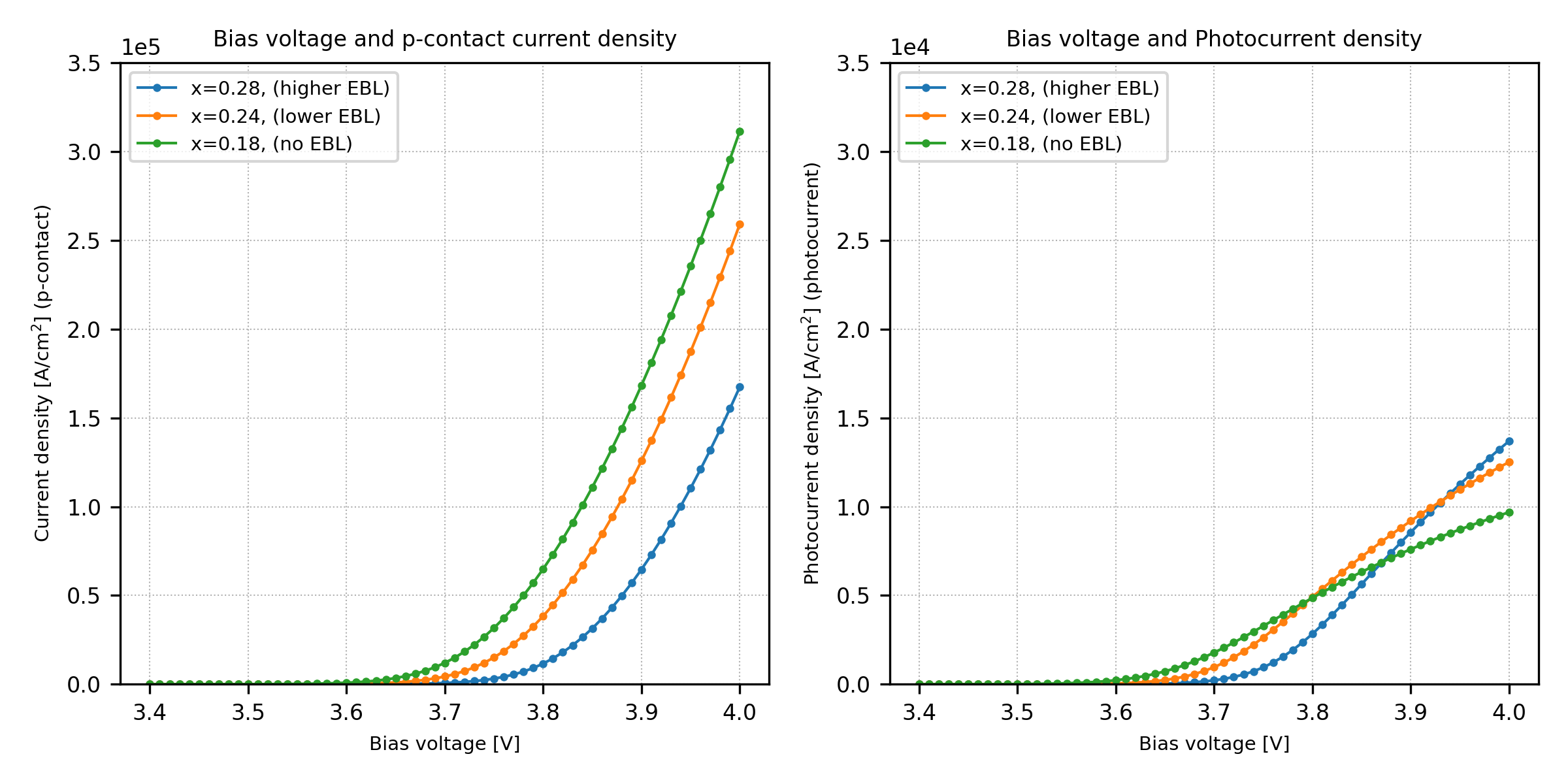
Figure 2.4.106 (Left:) The relationship between the p-contact current density and bias voltage.
(Right:) The relationship between the photocurrent
Bandedges
The following figures show the band edge profiles and the quasi-Fermi levels for the higher EBL (top) and no EBL (bottom) structure where the total current densities are almost the same around 1.70
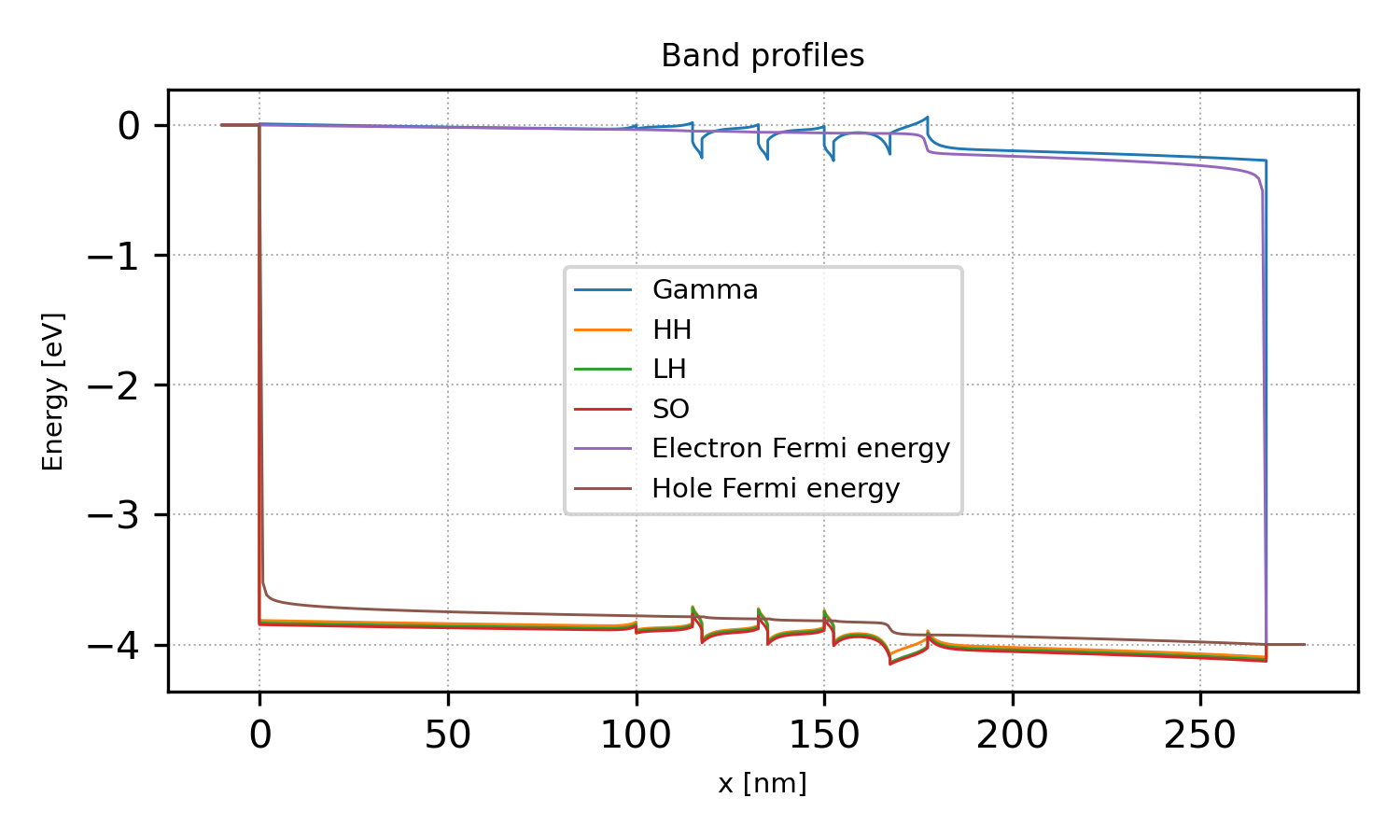
Figure 2.4.107 The band edges and Fermi levels for the structure with EBL (x=0.28, bias=4.00V, total current density=1.67
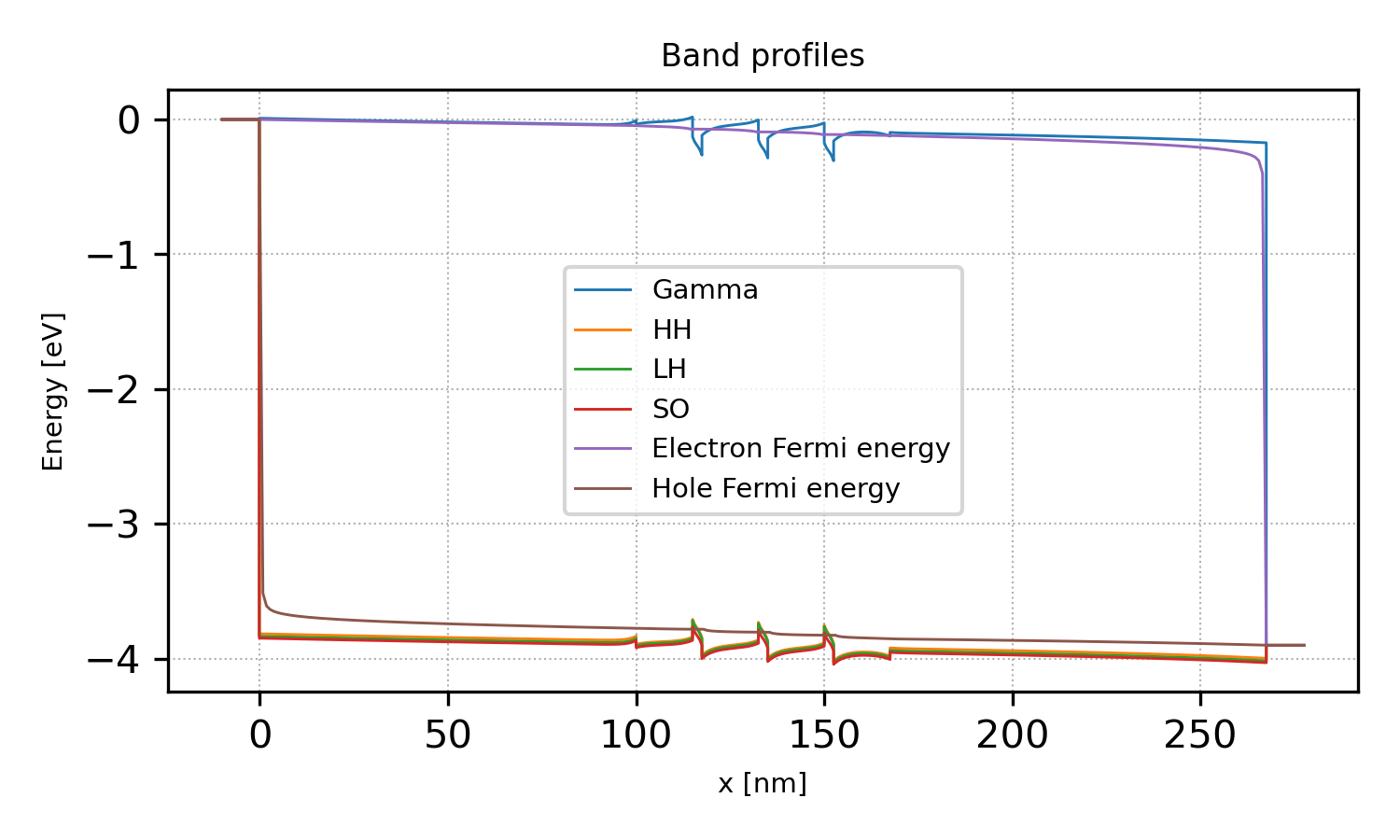
Figure 2.4.108 The band edges and Fermi levels for the structure without EBL (x=0.18, bias=3.90V, total current density=1.68
Current Density
The following figure show the current density profiles for the higher EBL (top, x=0.28), lower EBL (middle, x=0.24), and no EBL (bottom, x=0.18) structure where the total current densities are almost the same around 1.70
We can see that the amount of electron current and hole current becomes closer as the EBL height is increased, while the electron current is dominant without EBL. It can be also confirmed that the current overflow is suppressed by the EBL.
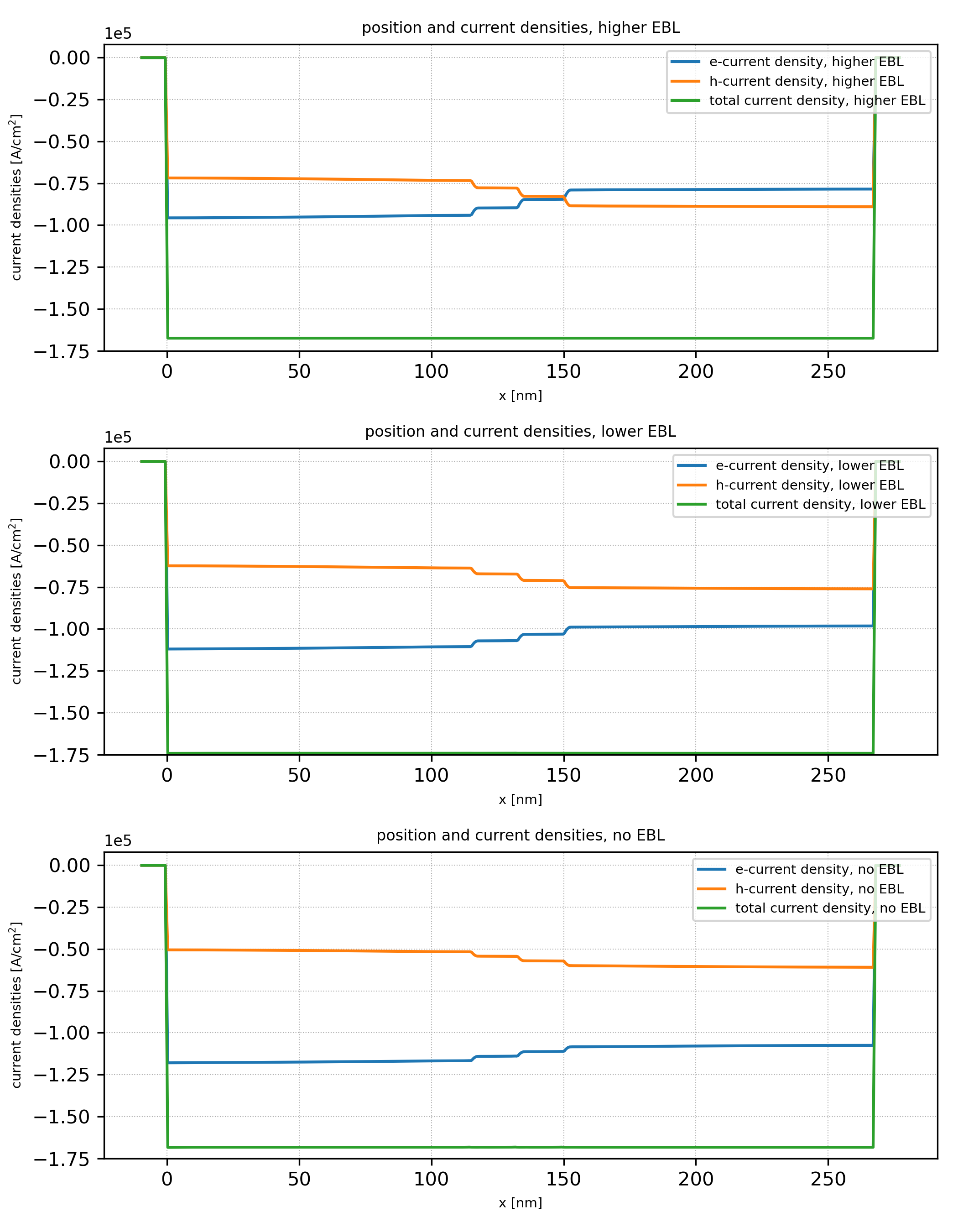
Figure 2.4.109 The current density profile for the the structures with higher EBL (top, 4.00 V, 1.67
Charge carrier densities
The figures showed below are the electron and hole densities around the MQW region for the structure with higher EBL and without EBL (left, x=0.28 and right, x=0.18) for almost the same current density around 1.70
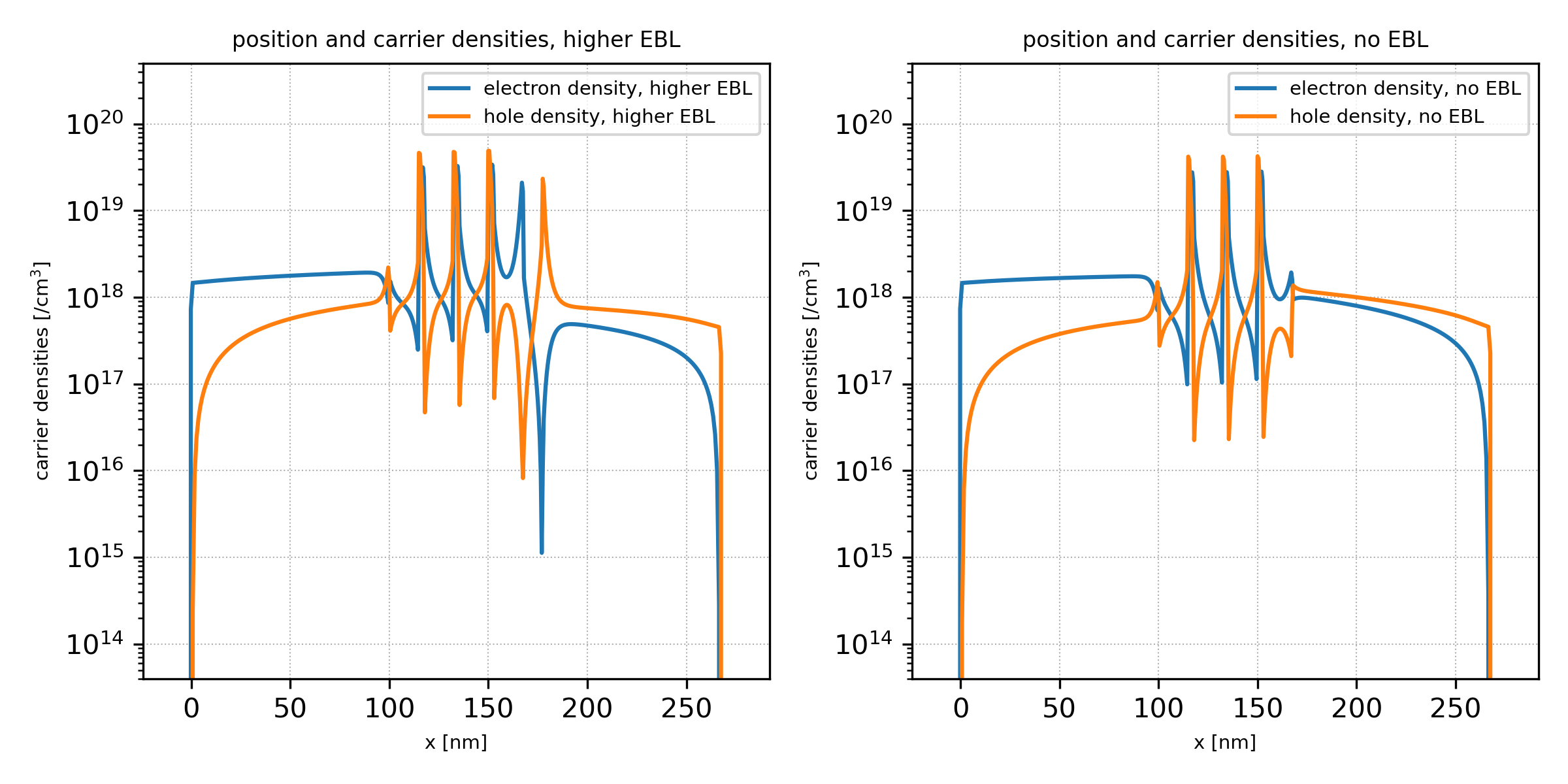
Figure 2.4.110 The electron and hole densities calculated in the structures with higher EBL (left, 4.00 V, 1.67
Power of light emission
Here we show the relationship between optical power defined in (2.2.44) and current density of p-contact for each structure.
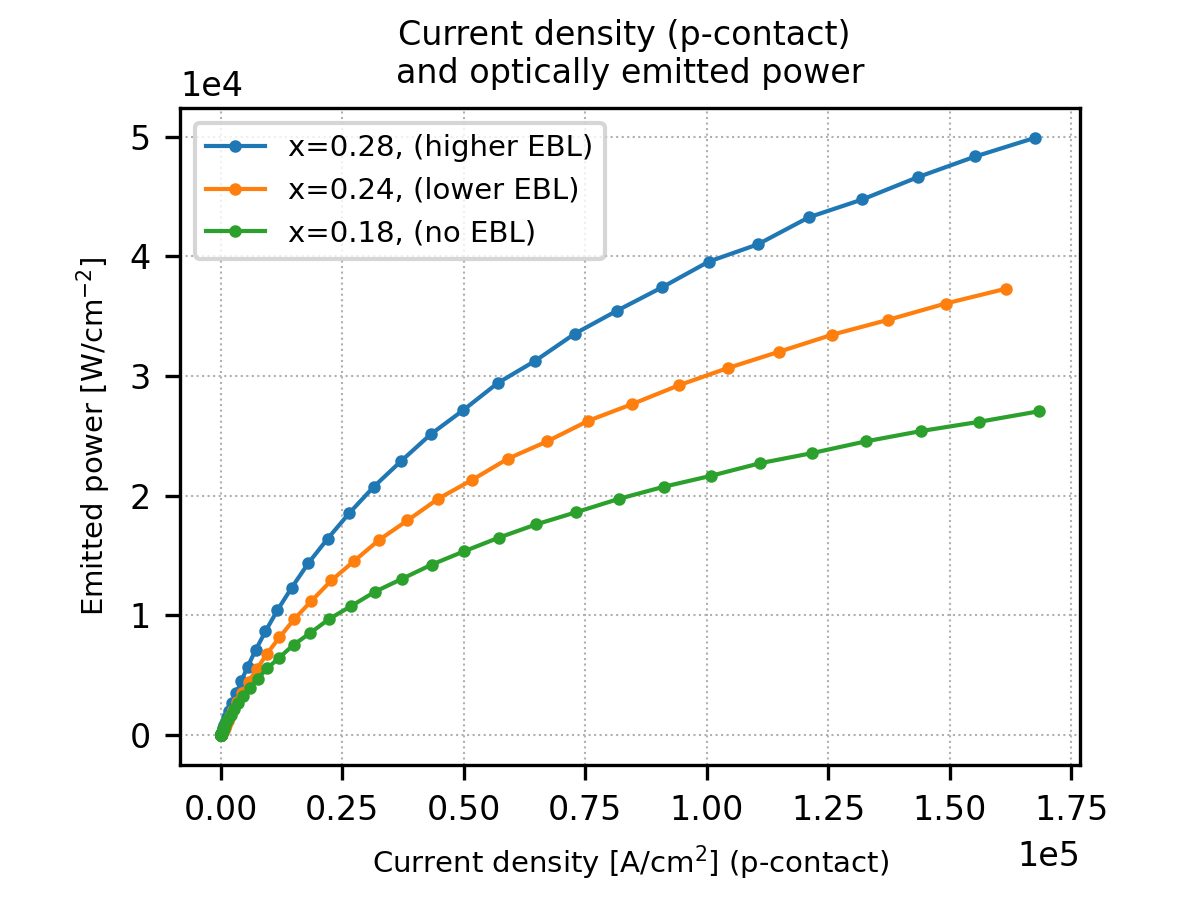
Figure 2.4.111 Current vs. power of light emission
Internal quantum efficiency
In nextnano++, the internal quantum efficiency is calculated as
where
This quantity shows the improvement by the introduction of higher EBL as follows:
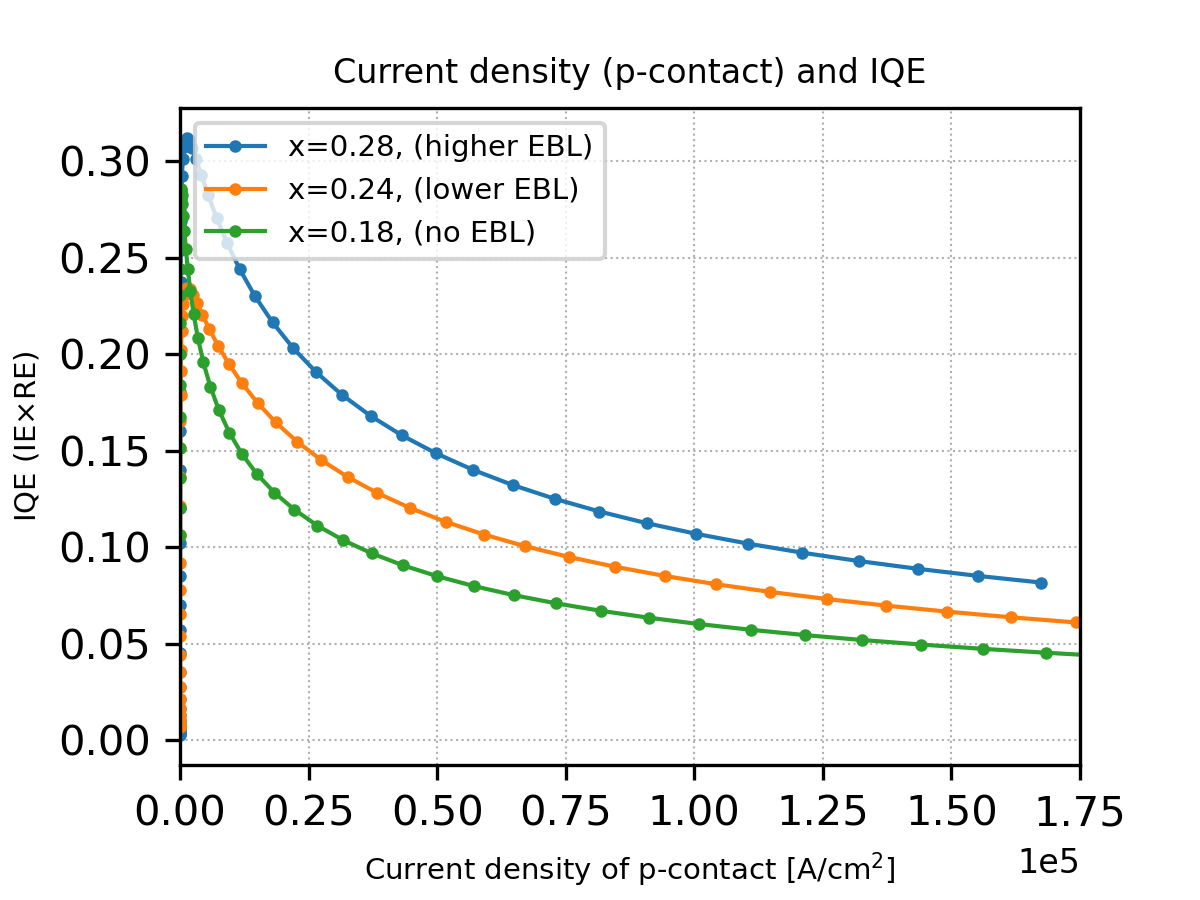
Figure 2.4.112 Current and internal quantum efficiency (IQE).
The nextnano++ tool also outputs the volume quantum efficiency
and also shows the improvement by the introduction of EBL:
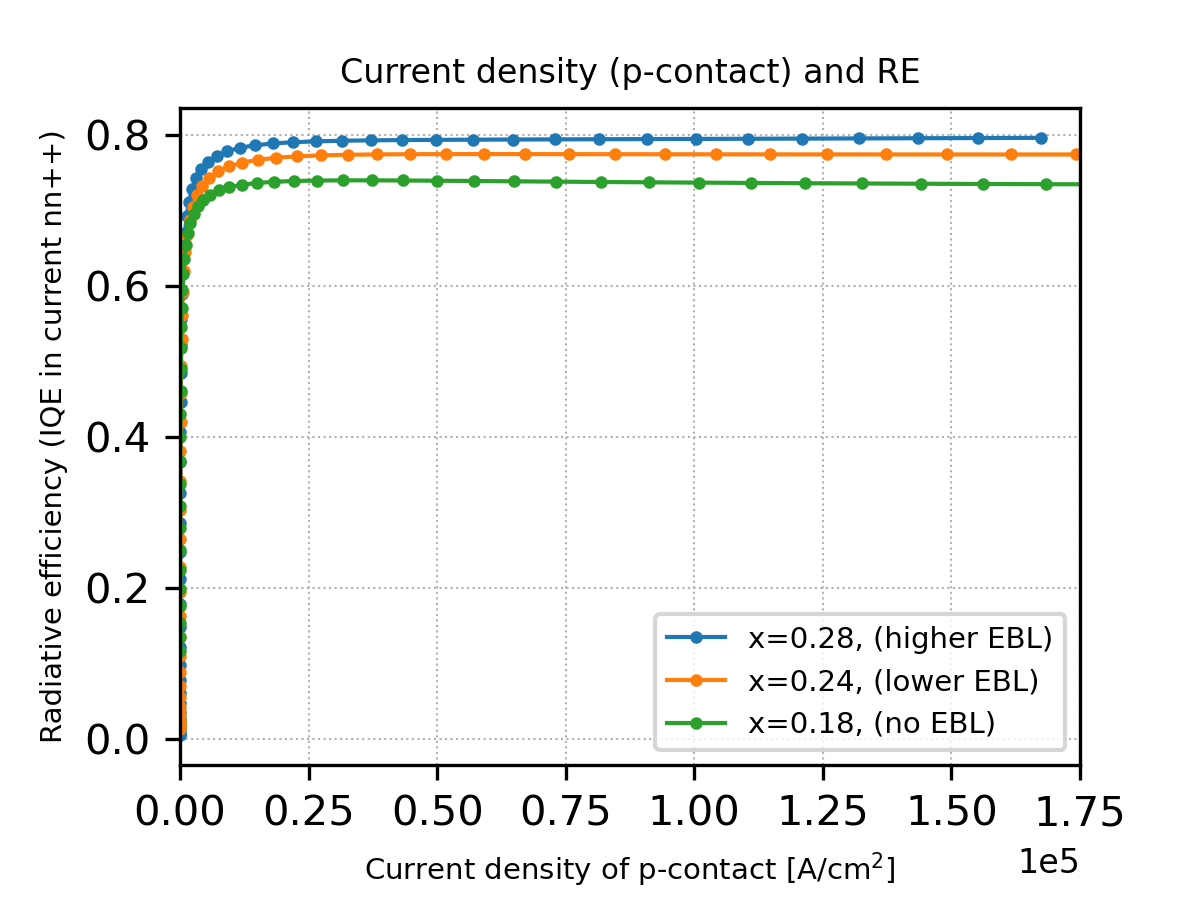
Figure 2.4.113 Current and volume quantum effciency (radiative efficiency).
The IQE can be decomposed like (2.4.32) into this volume QE and the injection efficiency
Thus using the results of
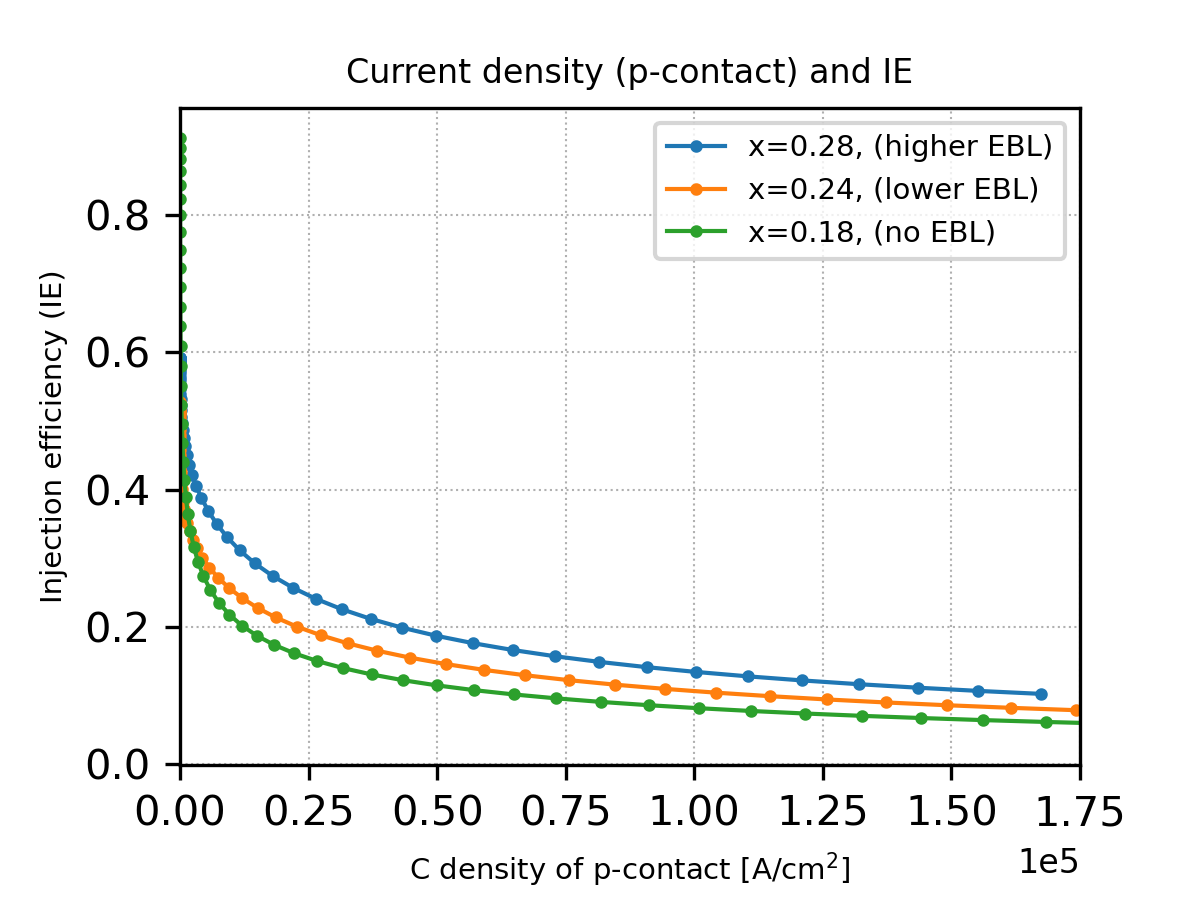
Figure 2.4.114 Current and injection efficiency (IE).
From the above results, we can see that the improvement of IQE due to the introduction of EBL comes from the imrovement of mainly IE rather than volume QE.
What can we do further?
The effect of EBL on the optoelectronic characteristics has been estimated quantitatively using the semiclassical calculation in nextnano++.
We can also optimize the Al content of EBL or the thickness by sweeping the corresponding parameters, for example. Our open source python package nextnanopy is a strong tool for this purpose.
The graphs shown in this tutorial are also generated by a python script using nextnanopy.
Last update: 16/07/2024